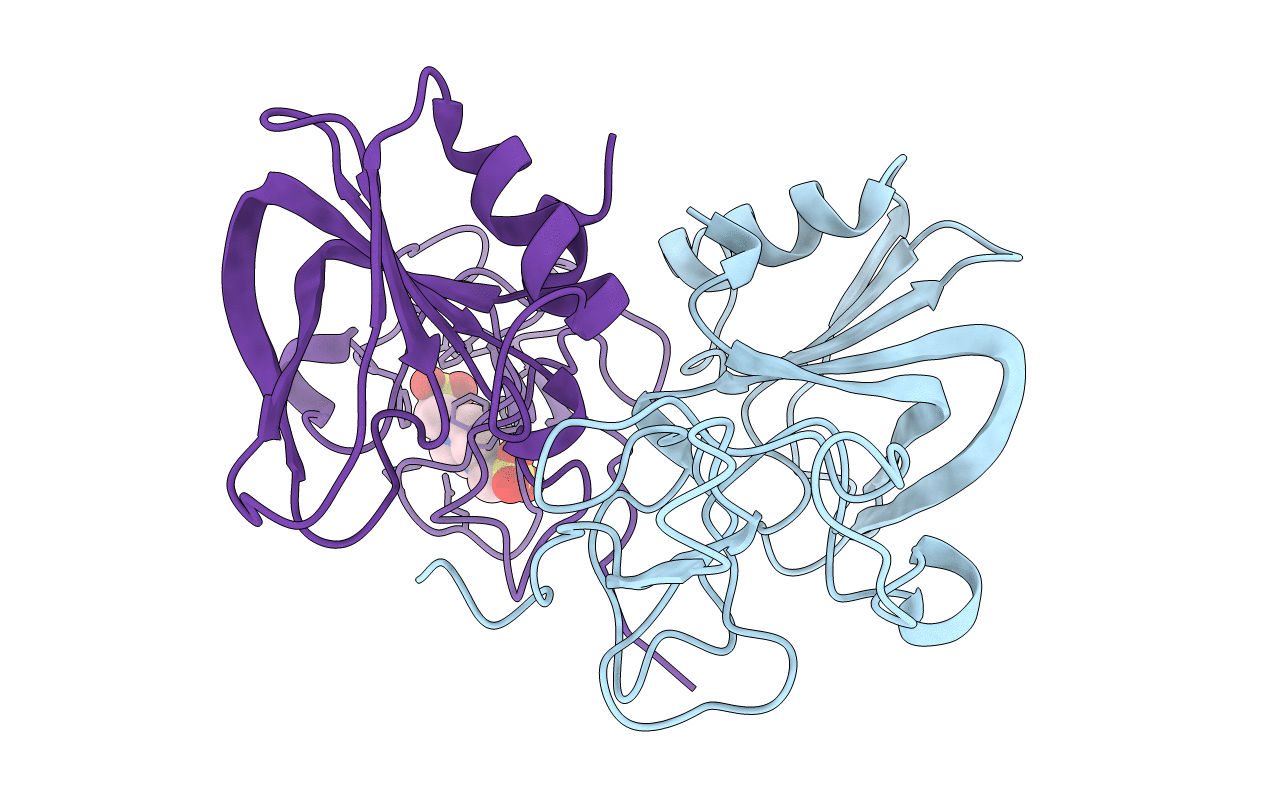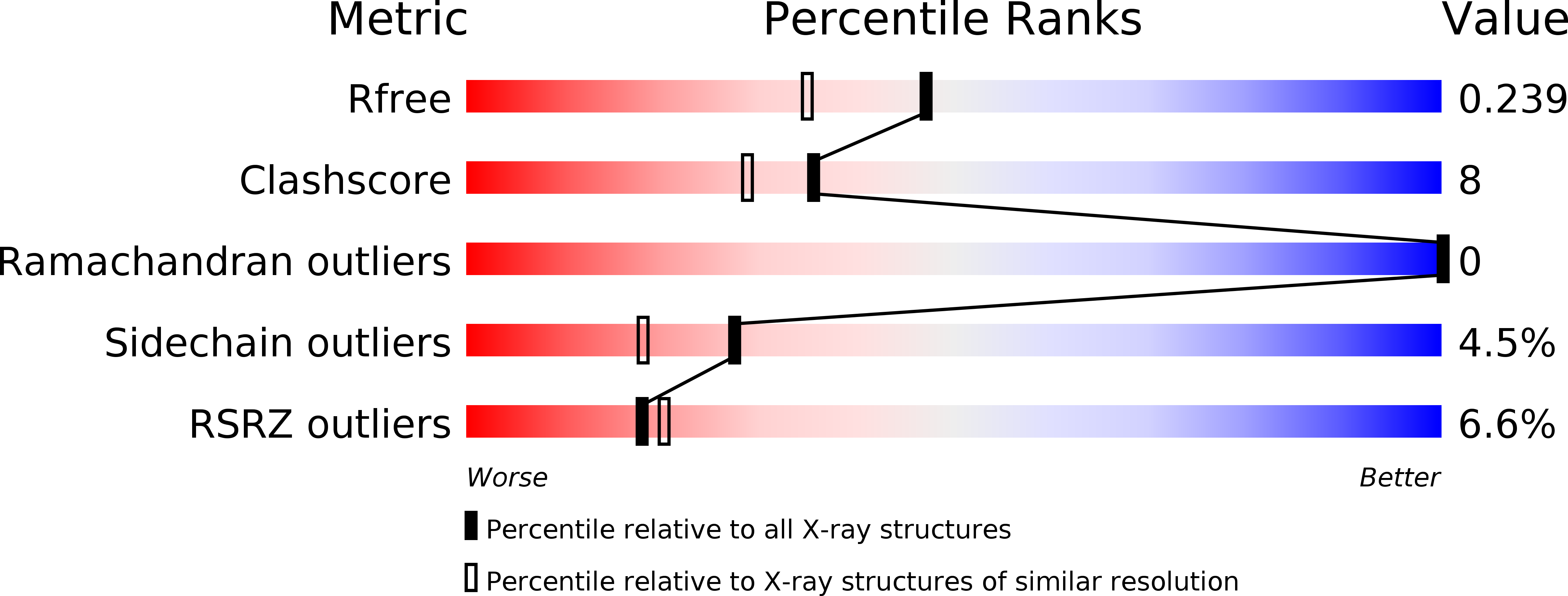
Deposition Date
2015-07-23
Release Date
2015-08-12
Last Version Date
2024-11-13
Entry Detail
PDB ID:
5CS5
Keywords:
Title:
The structure of the NK1 fragment of HGF/SF complexed with PIPES
Biological Source:
Source Organism:
Homo sapiens (Taxon ID: 9606)
Host Organism:
Method Details:
Experimental Method:
Resolution:
1.90 Å
R-Value Free:
0.24
R-Value Work:
0.19
R-Value Observed:
0.19
Space Group:
P 1 21 1


